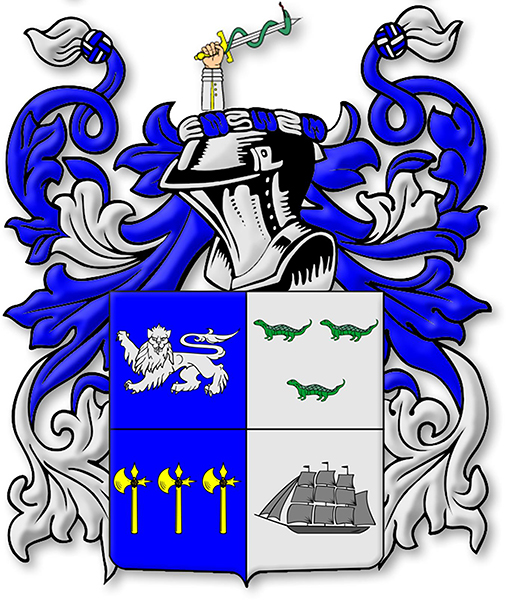Genealogy of Father Nicholas Sheehy

The origins of the Sheehy family originally were Scottish, and they are descended from one of the MacDonnell clans, Sithich, the great-grandson of Domhnaill who came to Ireland early in the fourteenth century. They came into the service of the Earl of Desmond in 1420 and that is how County Limerick has come to be a stronghold for the name. As part of the service, they gained possession of the castle of Ballyallinan near Rathkeale.
The MacSheehys served as Gallowglass warriors, professional mercenary soldiers distinguished by their distinctive battle attire and their characteristic weapon: a six-foot pole fitted with twin blades. Their influence in County Limerick was significantly diminished following the Battle of Manister, where a formidable English force commanded by Captains William Malby and Pelham defeated the Irish contingent. The casualties included both Cistercian monks from the local monastery and members of the MacSheehy clan. In the aftermath of this defeat, the MacSheehys lost control of Ballyallinan castle, marking a decline in their regional power.
After that, they branched out in different directions to acquire large estates of land in Counties Limerick and Cork. Still, the family remained in high esteem among the native Irish. They remained true to their Christian (and Catholic) faith and had accumulated wealth from the services they gave in war so they possessed the lifestyle of gentlemen. Three brothers moved to Liscarroll where they purchased a large estate and in, one of the Patent Rolls, King James I granted them pardon.
The elder brother, John moved to Dromcollogher where he acquired a large estate and married Margaret who gave birth to four sons named Brian, Roger, William and Francis. Brian moved to Monagea. There he became a beneficiary of John Dore who was a native of Newtown Shandrum and was granted a tenancy of part of the Courtenay estate at Gardenfield which he passed on to Brian Sheehy.
John Dore erected a tomb in the old graveyard in Monagea for his remains and that of his family. That tomb has become the resting place of many Sheehys down through the generations. This tomb is to be seen at the northwest corner of the ruins of the old church in the graveyard.
Brian became popular with the protestant gentry because he was in a position to give them much-needed loans of money. He married a member of the Catholic McMahon family of Newcastle West and held leading positions in the everyday life of the people. Brian’s wealth and popularity increased during his life at Gardenfield until his end came in 1786, and he was buried in the Dore tomb in Monagea.
His mother had died in September 1725 and her husband John had built a vault for her remains just inside the entrance gate to the old graveyard resting on the roof of the tomb is a very large limestone slab in which is engraved the epitaph:
Here lyeth the body of Margaret Sheehy, who departed this life September the 17 Anno Domini 1725. Aged 52. Also the body of John Sheehy her husband who departed this life on May 1, 1740, aged 59 years.
The second brother Roger continued to operate his father’s business at Dromcollogher while William moved to and settled in Corbally Co. Cork. Here, he too came by wealth through acquiring and re-renting holdings as large as the law would permit.
Francis, the younger brother, departed from Dromcollogher to establish himself elsewhere, ultimately selecting the Nire Valley in Waterford as his new home. This location, situated at the base of the Comeragh Mountains, offered him the opportunity to purchase farmland at Glenahiry. After establishing himself in the area, Francis met and married a woman from the Power family of Bawnfune, near Clonmel. The couple had three children: two daughters, with the eldest named Margaret after Francis’s mother in Dromcollogher, and a son named Nicholas. Nicholas later entered the priesthood and died as a martyr for his commitment to social justice.